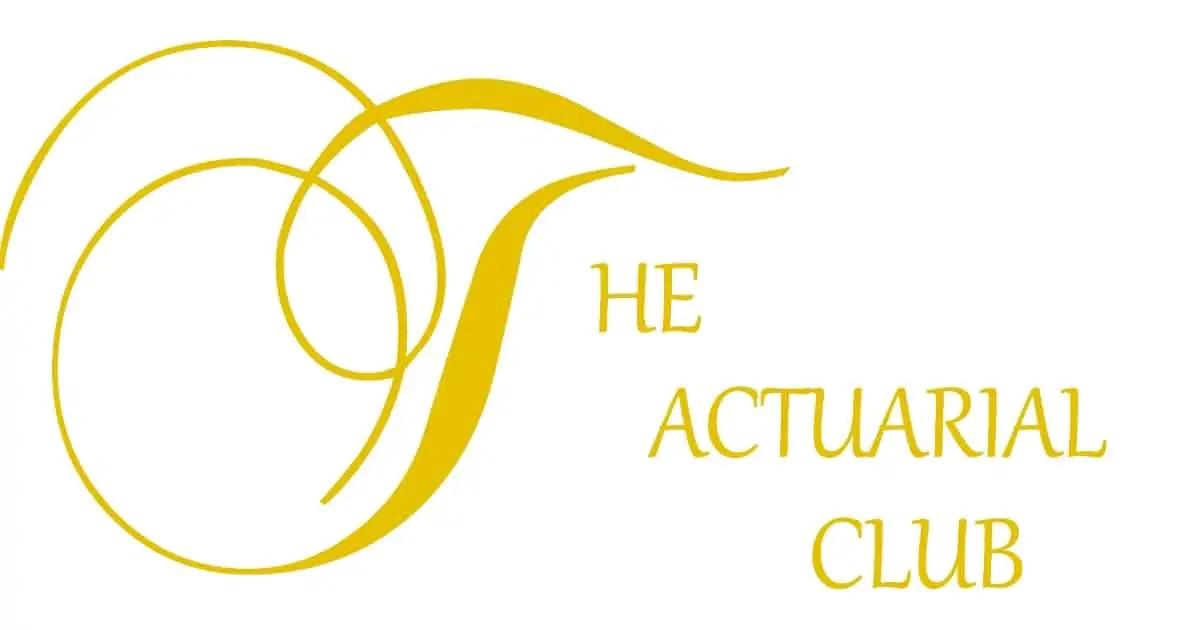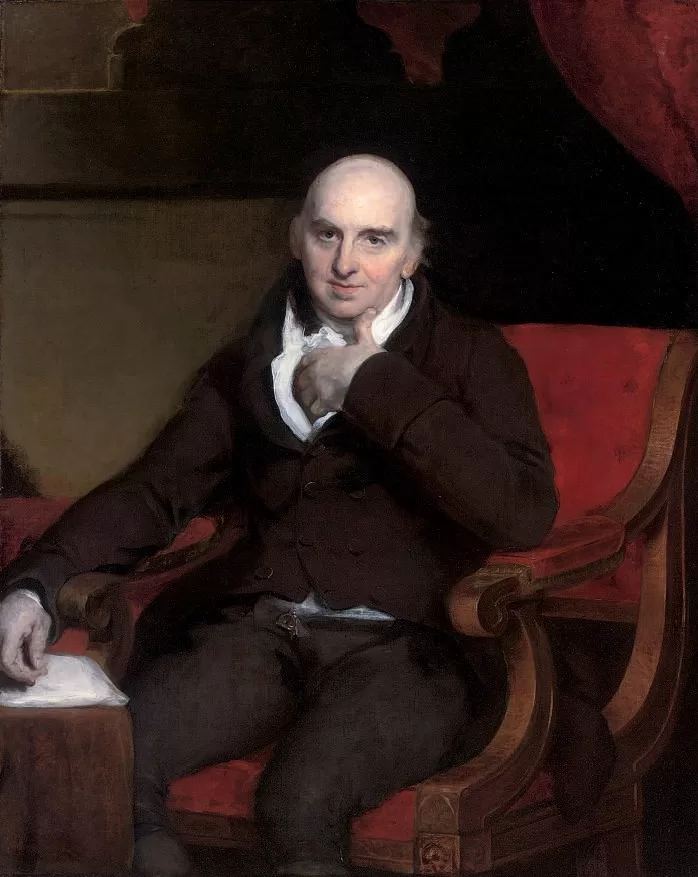Father of Actuarial Science: William Morgan. We who call ourselves actuaries owe so much to this legend William Morgan who was born in 25th May 1750 in Bridgend, Wales. William Morgan, who is considered the father of modern actuarial science.
A man who is widely now known as the father of actuarial science once used to though that the term actuary was an “affected appellation” for the kind of work he had to do, now this word has been retained and the profession has been formed largely because of his contributions.
His work was primarily involved in life assurance, but many of the principles were applicable in general insurance and pensions. He was first to show these things in actuarial science:
- The first to show how to work out complicated benefits, involving several lives and joint lives, from any mortality table
- The first to find a measure to value the liabilities of a life assurance company
- The first to see that in the current valuations process, a margin of surplus had to be carried forward to prevent his bonus system from breaking down
- The first to set down the available sources of profit and obtain measures for them
- The first to keep record of the mortality of a life assurance office, and to notice that there was such a thing as “select” mortality.
Further than this, he was the first practical administrator of life assurance and a successful man of business. He is also credited with producing the first ‘x-ray tube’.
Morgan was the son of physician William Morgan and Sarah (Price) the sister of the well-known philosopher and preacher, Richard Price. He studied medicine at Guy’s Hospital in London, but did not complete his training. He initially joined his father’s practice, but following the death of his father and on the recommendation of his uncle was appointed Assistant Actuary of The Equitable Life Assurance Society in 1774.
By the time he retired on 2 December 1830, 56 years later at the age of 80, he had laid the foundations of the actuarial science profession contributing towards the title of father of actuarial science—in fact, the term “actuarial” became attached to the profession because of his title.
William Morgan was awarded with the Copley Medal by the Royal Society in 1789, for his two papers on the values of Reversions and Survivorships, in the field of actuarial science.
- On the Probabilities of Survivorships Between Two Persons of Any Given Ages, and the Method of Determining the Values of Reversions Depending on those Survivorships,
- On the Method of Determining, from the Real Probabilities of Life, the Value of a Contingent Reversion in Which Three Lives are Involved in the Survivorship.

He was elected a Fellow of the Society, in May of the following year.
Advised by Joseph Priestley, a family friend, William Morgan developed an interest in scientific experimentation and is credited with being the first to record the “invisible light” produced when a current is passed through a partly evacuated glass tube: “the first x-ray tube”.
He died at Stamford Hill on 4 May 1833, and was buried at Hornsey.
Other publications by William Morgan:
- The Doctrine of Annuities and Assurances on Lives and Survivorships, 1779
- Computation of Premiums for Life Assurance on the Basis of the Northampton Table of Mortality, manuscript
- Valuation (Individually) of the Assurance Contracts in Force in 1786, manuscript
- Yearly Computation of Expected Deaths and Accounts Showing the State of the Equitable Life Assurance Society According to the Plan Suggested by Richard Price, manuscript
- Nine Addresses to the General Court of the Equitable Society Covering the Years 1793 to 1830, 1833
These ideas have since been developed and have played a part in shaping the actuarial profession as we know it today. The father of actuarial science was also recognised as an accomplished scientist for partly evacuating the glass tube: the first X-ray tube.
Without pioneering actuaries like William Morgan(father of actuarial science), the profession would not have advanced to its current status as a science in its own right, dealing with not only life assurance but also general insurance and pensions. The actuarial profession owes much to William Morgan and, as such, will continue to evolve for many years to come, based on the foundations he constructed.
See also:

